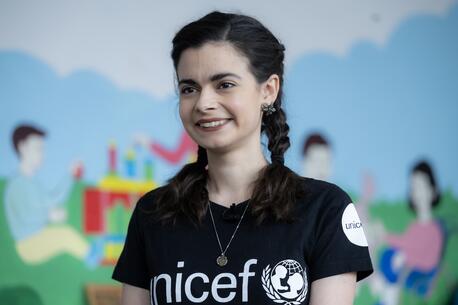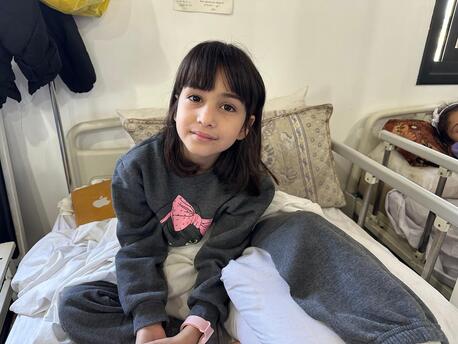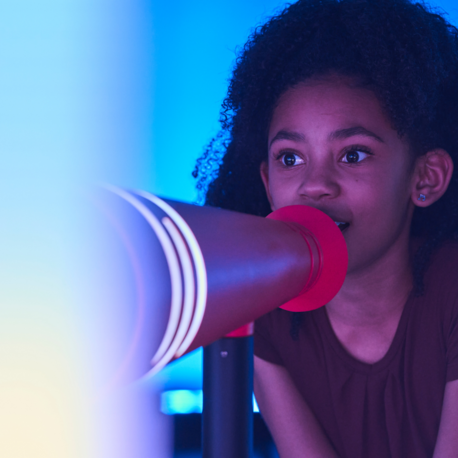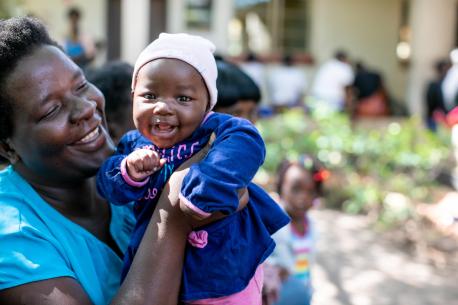
Celebrating 25 Years of Progress for Women and Girls
Written By: Kelly Procida and Diana Beya
In 2020, the global community will mark the twenty-fifth anniversary of the Fourth World Conference on Women and adoption of the Beijing Declaration and Platform for Action (1995). A five-year milestone will be reached towards achieving the Sustainable Development Goals of the 2030 Agenda for Sustainable Development. 2020 is therefore a pivotal year for the accelerated realization of gender equality and the empowerment of all women and girls, everywhere.
The Commission on the Status of Women (CSW) is the principal global intergovernmental body exclusively dedicated to the promotion of gender equality and the empowerment of women. A functional commission of the Economic and Social Council (ECOSOC), it was established by ECOSOC resolution 11(II) of 21 June 1946.
Taking place in New York the second and third week of March every year, this year the CSW would have marked the 64th convening. In light of the current outbreak of the coronavirus disease (COVID-19), the UN Secretary-General cancelled all events for the safety of all individuals coming in from around the world.
To keep the momentum going, this photo essay portrays the progress and accomplishments made for the improvement of women and girls around the world. As women around the world celebrate International Women’s History Month, we want to remember the successes we have had in the past 25 years. These images will help us see the work done and the miles we still must go to ensure every woman and girl has rights and is empowered. UNICEF works with partners to ensure that every girl and woman can live free from violence, attend and complete school, choose when and whom she marries and earn equal pay for equal work.
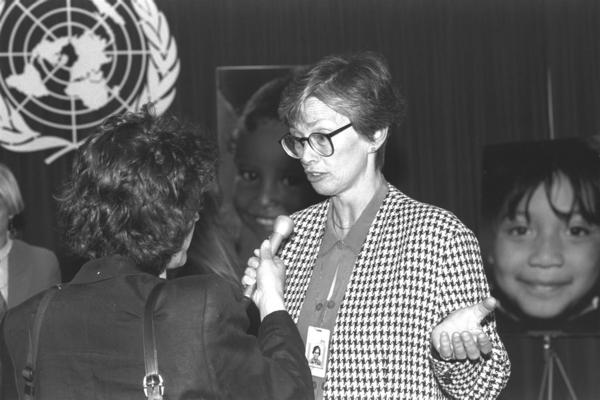
On May 3, 1995 at United Nations Headquarters, UNICEF Executive Director Carol Bellamy responds to a reporter's question at the close of a press conference. © UNICEF/UNI52810/Mera
The Platform for Action imagines a world where each woman and girl can exercise her freedoms and choices and realize all her rights. Since then, UNICEF, along with governments, civil society and the public have translated the Platform for Action’s promises into concrete changes in individual countries.
"If we want to overcome poverty and the instability it breeds, we must start by investing in our young people. Are you getting all your children into the classroom? Are you protecting all your children against disease? Are they safe from abuse, exploitation and violence? Unfortunately, we already know the answers. We know we have work to do." — past UNICEF Executive Director Carol Bellamy
In 2002, more than 7,000 people participated in the most important international conference on children in more than a decade, the Special Session of the UN General Assembly on Children, at which the nations of the world committed themselves to a series of goals to improve the situation of children and young people.
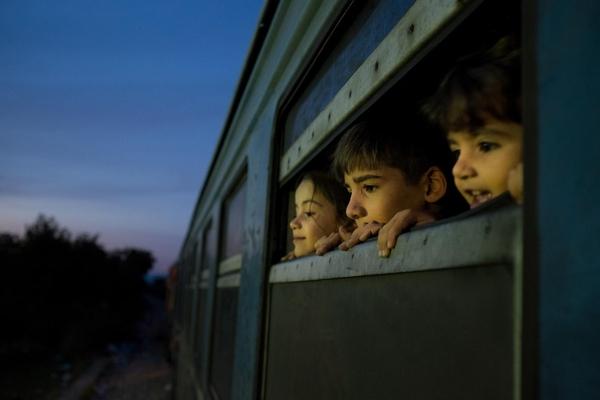
On 2 October 2015 in the former Yugoslav Republic of Macedonia, three children look out of the window of a train as refugees primarily from the Syrian Arab Republic, Afghanistan and Iraq board the train at a reception center for refugees and migrants, in Gevgelija. ©UNICEF/UNI197652/Gilbertson
Over the course of 15 years, the Millennium Development Goals (MDGs) drove UNICEF’s agenda in working towards the achievement of the MDGs to advocate, research and create action that allowed for a protective environment, allowing every child the best start in life, ensuring every girl and boy a quality education, safeguarding them against disease and disability, stopping the spread of HIV/AIDS and shielding every child from violence, abuse, exploitation and discrimination.
These goals created a ripple effect for new inter-governmental bodies and conventions to be created and adopted, strengthening the commitment made in 1995 to continue protecting women and girls.
The Human Rights Council, established in 2006, strengthened the promotion and protection of human rights around the globe and continues to address situations of human rights, especially those of women and girls. In the guidelines set out by The Human Rights Council, UNICEF harnesses the full force of their global presence and partners to help further gender equality, whether that be through increasing quality maternal care to promoting strategies to prevent violence and discrimination against girls, boys and women.
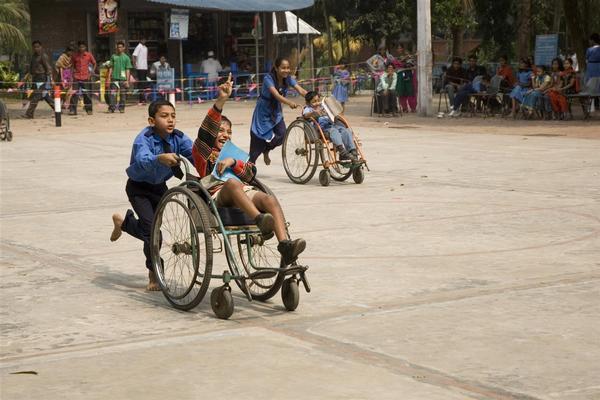
Center for Rehabilitation of paralyzed (CRP) here is a special school for disable children where they get their education. © UNICEF/UNI67622/Siddique
The Convention on the Rights of Persons with Disabilities, established in 2008, follows decades of work by the United Nations to change attitudes and approaches to persons with disabilities. It adopts a broad categorization of persons with disabilities and reaffirms that all persons with all types of disabilities must enjoy all human rights and fundamental freedoms.
UNICEF’s equity-based approach is one of the foundations of their disability agenda, the main goals of which are to mainstream disability across all of our policies and programmes – both in development and humanitarian action – and to develop leadership on the rights of children with disabilities, building capacity among staff and partners.
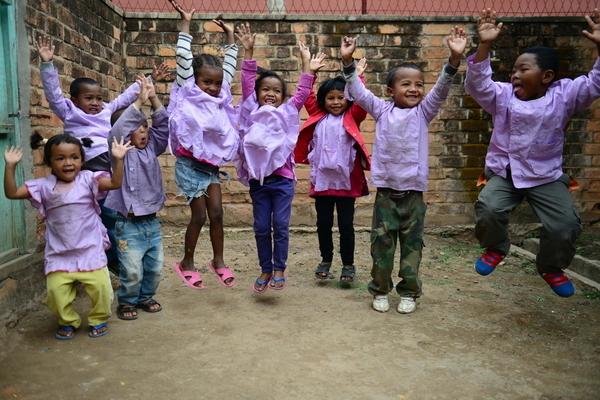
Children jumping for joy outside their school in Madagascar. © UNICEF/UN0313589/Pudlowski
Now, five years into the Sustainable Development Goals (SDGs), which is the blueprint to achieving a better and more sustainable future for all, the 17 goals address the global challenges we face, including those related to gender equality, poverty, inequality, climate change, environmental degradation, peace and justice.
The SDGs are crucial to the continued support and empowerment of women and girls and specifically, Goal 5 focuses on “Achieving gender equality and empowering all women and girls.”
This is a huge step forward in explicitly highlighting the importance of gender equity an equality.
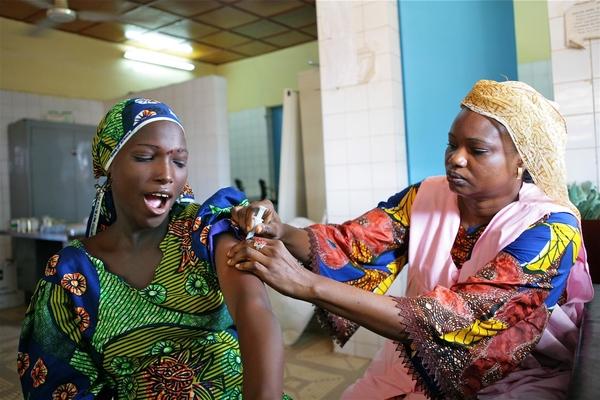
A pregnant woman receives a tetanus vaccine in an integrated health center in the town of Maradi, Maradi region south east of Niger. UNICEF supports a safe motherhood programme to reduce maternal and neonatal mortality. © UNICEF/UNI99684/Pirozzi
UNICEF USA and our partners have been instrumental in raising awareness and supporting UNICEF’s work with women and girls.
In 2010, Kiwanis International and UNICEF joined forces to help eliminate maternal and neonatal tetanus (MNT) worldwide. This historic initiative, called The Eliminate Project, will protect the lives of babies and mothers all over the globe and aims to help put an end to this cruel, centuries-old disease.
As of October 2019, 47 countries have achieved MNT elimination, leaving just 12 countries that have not yet eliminated the disease: Afghanistan, Angola, Central African Republic (CAR), Guinea, Mali, Nigeria, Pakistan, Papua New Guinea, Somalia, South Sudan, Sudan and Yemen.
The Global MNT Elimination Initiative is an international private-public partnership that includes National Governments, UNICEF, WHO, UNFPA, GAVI, USAID/Immunization Basics, CDC, UNICEF National Committees, the Government of Canada, the Government of Japan, Save the Children, PATH, RMHC, the Bill & Melinda Gates Foundation, Kiwanis International, Pampers, a brand by Procter & Gamble, BD, Physician Moms Group and Latter-day Saint Charities.
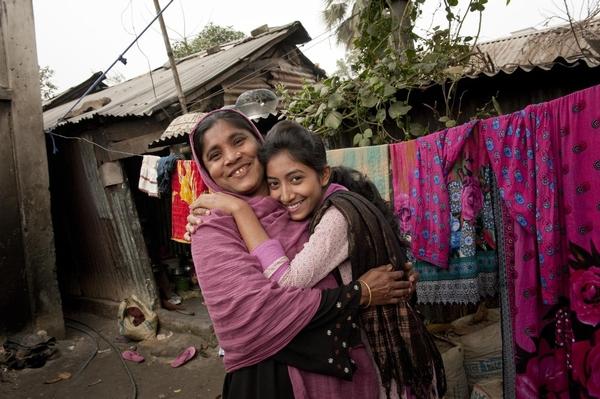
Tamanna,16, with her mother, is an adolescent peer leader working as the chairperson of Child Forum in Bhasantek slums of Mirpur, Dhaka. A very promising youth leader, she works with adolescents and is actively involved in advocacy and community-based work and mobilizes people and peers to be involved in issues that plague her community like child marriage. © UNICEF/UNI157167/Khan
The UNFPA-UNICEF Global Programme to Accelerate Action to End Child Marriage promotes the rights of adolescent girls to avert marriage and pregnancy and enables them to achieve their aspirations through education and alternative pathways. Supported by the Governments of Belgium, Canada, the Netherlands, Norway, the United Kingdom and the European Union, as well as Zonta International.
In 2016, UNICEF, together with UNFPA, launched a global programme to tackle child marriage in 12 of the most high-prevalence or high-burden countries: Bangladesh, Burkina Faso, Ethiopia, Ghana, India, Mozambique, Nepal, Niger, Sierra Leone, Uganda, Yemen and Zambia.
The Global Programme supports households in demonstrating positive attitudes, empowers girls to direct their own futures, and strengthens the services that allow them to do so. It also addresses the underlying conditions that sustain child marriage, advocating for laws and policies that protect girls' rights while highlighting the importance of using robust data to inform such policies.
There is still much work that needs to continue in the fight for equality for women and girls. In the next 25 years, what do you envision for women and girls around the world? How can your organization, in partnership with UNICEF, further advance the rights of women and girls? Where will society be with women and girls in leadership positions?
UNICEF won’t stop until every women and girl is educated, protected and thriving.
Top Photo: Siboniso mother and baby Blessings (2 months 2 weeks) at the static routine immunizations and health routine checkups at the Kanakapita RHC, Chongwe District 23, Zambia. © UNICEF/UNI308015/Schermbrucker
